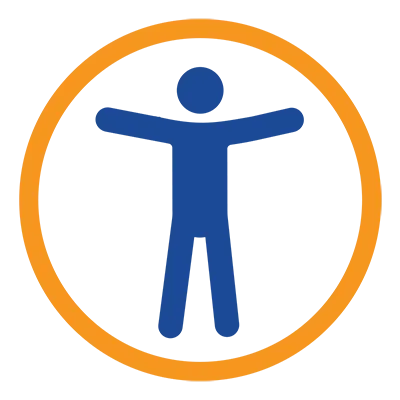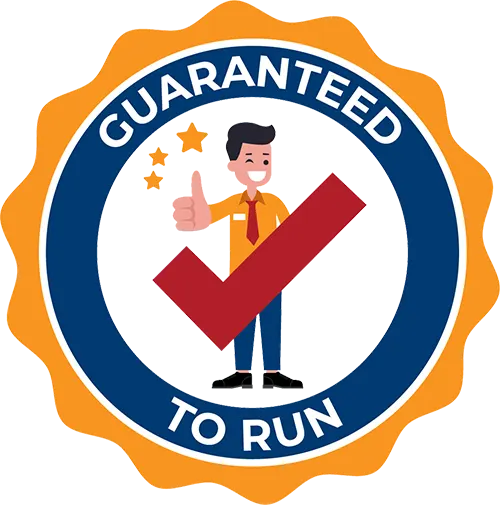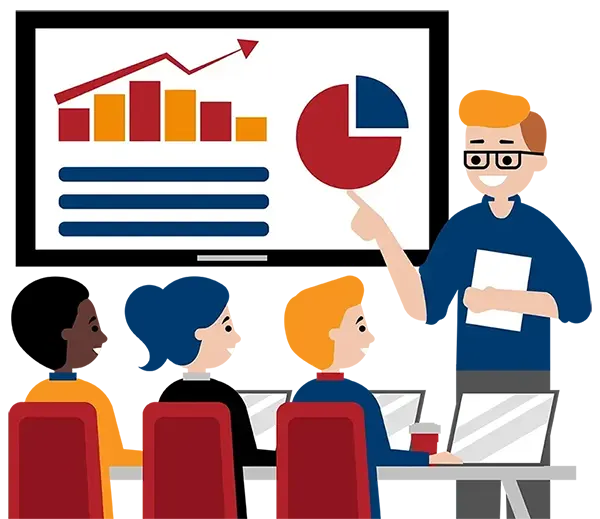
Creating Accessible Websites for Digital Content Creators & Digital Content Creator Managers
What You'll Learn in Creating Accessible Websites for Digital Content Creators & Managers
Course Length
Learning Objectives
By the end of this training, you’ll be able to:
- Understand the principles of Web Accessibility
- Create content that can be presented in different ways (for example simpler layout) without losing information or structure
- Understand more about assistive technology: screen readers, alternative keyboards, switches, scanning software, etc.
- Learn more about WCAG 2.1 Level A & AA Guidelines
Target Student
This course is designed for Website and Digital Content Creators (writers, editors, video creators, graphic designers) and their managers.
Course Outline
Section 1: Introduction
What is Web Accessibility?
The Four Principles - POUR
Text Alternatives: Provide text alternatives for any non-text content so that it can be changed into other forms people need, such as large print, braille, speech, symbols or simpler language.
Time-based Media: Provide alternatives for time-based media.
Adaptable: Create content that can be presented in different ways (for example simpler layout) without losing information or structure.
Distinguishable: Make it easier for users to see and hear content including separating foreground from background.
Operable
Keyboard Accessible: Make all functionality available from a keyboard.
Enough Time: Provide users enough time to read and use content.
Seizures and Physical Reactions: Do not design content in a way that is known to cause seizures or physical reactions.
Navigable: Provide ways to help users navigate, find content, and determine where they are.
Input Modalities: Make it easier for users to operate functionality through various inputs beyond keyboard.
Readable: Make text content readable and understandable.
Predictable: Make Web pages appear and operate in predictable ways.
Input Assistance: Help users avoid and correct mistakes.
Maximize compatibility with current and future user agents, including assistive technologies.
Section 2: Components of Web Accessibility
Content - the information in a web page or web application, including:
- Natural information such as text, images, and sounds
- Code or markup that defines structure, presentation, etc.
Web browsers, media players, and other “user agents”
Assistive technology: screen readers, alternative keyboards, switches, scanning software, etc.
Users’ knowledge, experiences, and, in some cases, adaptive strategies using the web
Developers - designers, coders, authors, etc., including developers with disabilities and users who contribute content
Authoring tools - software that creates websites
Evaluation tools – Web Accessibility evaluation tools, HTML validators, CSS validators, etc.
Section 3: Working with WCAG 2.1
Brief history of WCAG Guidelines
Levels A, AA & AAA – What is required for compliance
Section 4: WCAG 2.1 Level A & AA Guidelines
Can people read, use and understand the content?
Time-Based Media
Seizures and Physical Reactions
Input Modalities
Can machines (browsers, screen readers, etc.) read the code?
Section 5: Resources
Assistive Technologies
Remediation Resources on the Web

Delivered by Great Canadian Training

Creating Accessible Websites for Digital Content Creators & Digital Content Creator Managers
Upcoming Classes
All Public classes are held onlinewith a live instructor
Have a Group?
Complete the form to receive a quote for private or customized training.
More people = GREATER savings
PDF Reference Guide
Take your learning further with a digital Reference Guide you can access anytime. It’s practical, paper-free, and accessible on any device.
After-Training Support
Get 30 days of live 24/7 after-training support via phone, email and online chat to help apply what you've learned
Certificate of Completion
Boost your credentials with a Certificate of Completion, confirming the skills you’ve acquired with us.

